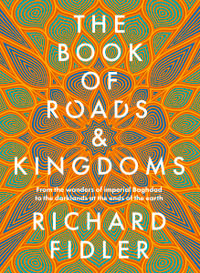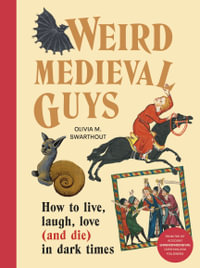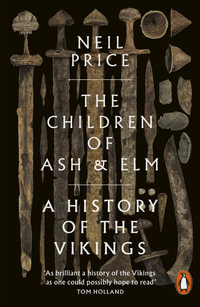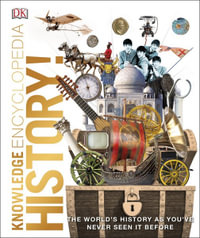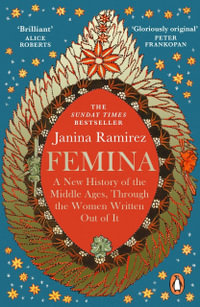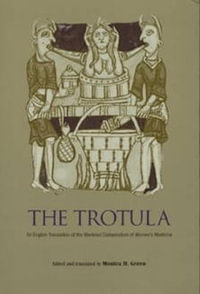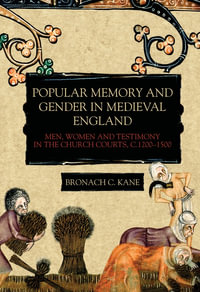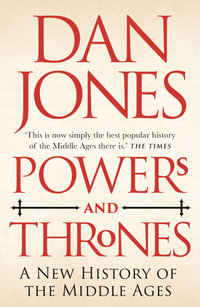The book consists of three parts: I. Introduction, including the history of research, detailed paleographical and codicological analysis, and discussion of the other Anglo-Saxon Chronicle manuscripts, and their textual relations; II. The Critical Edition, presenting the text in its immediate seventeenth-century manuscript context, with notes; III. The Modern English Translation, including detailed historical and philological notes. A bibliography, indexes and extensive comparanda complete the book. This edition, translation and commentary greatly enhance the accessibility and research potential of one of the most important primary sources for the history, language and culture of Anglo-Saxon England.
The present volume addresses the long-felt need for a full critical edition, with translation and commentary on The Peterborough Chronicle, together with an overview of critical writings published up until 2021. It is also the first edition to include a detailed examination and transcription of the early-modern annotations in E and on its interleaves, as well as a systematic analysis of the manuscript's complicated structure. The book consists of three parts: I. Introduction, including the history of research, detailed paleographical and codicological analysis, and discussion of the other Anglo-Saxon Chronicle manuscripts, and their textual relations; II. The Critical Edition, presenting the text in its immediate seventeenth-century manuscript context, with notes; III. The Modern English Translation, including detailed historical and philological notes. A bibliography, indices, and extensive comparanda complete the book. This edition, translation, and commentary greatly enhance the accessibility and research potential of one of the most important primary sources for the history, language, and culture of Anglo-Saxon England. No one to date has given attention to the 'seventeenth-century manuscript context' of The Peterborough Chronicle. William L'Isle, the manuscript's owner at that time, had the manuscript disbound and interleaved throughout with larger watermarked paper sheets on which he transcribed variant passages from other witnesses to the Chronicle, primarily from witness A, now in the Parker Library, Cambridge. He and other readers also made annotations on the manuscript itself, including Archbishop Parker (1575), who did so in red chalk. Each of these interventions has been recorded and analyzed in the commentary on the Text presented in this edition. Extensive historical annotations accompany the Translation and bring current scholarship to bear on it. This edition also provides for the first time a set of ninety-five comparanda so that readers can review the evidence for the paleographical analysis found in the Introduction.
Industry Reviews
"This book is not just the first edition with a translation of the Peterborough Chronicle, it is a magnificently produced work of scholarship. Lavishly illustrated, it will become the basis for all future work, not just on the Chronicle, but on the worlds that produced it and the history that it records" - David Bates, Emeritus Professor in Medieval History, University of East Anglia.
"This welcome edition of The Peterborough Chronicle presents a wealth of information and analysis, opening up an important text for the study of early English history, language, and culture" - Susan E. Deskis, Professor of English, emerita, Northern Illinois University.
"Muir is a generous and careful editor who has always paid equal attention to text, manuscript, language, and history; he and Sparks present the Peterborough Chronicle in its many contexts, crafting a bountiful resource that will serve readers for many years to come" - R. M. Liuzza, University of Tennessee-Knoxville.




